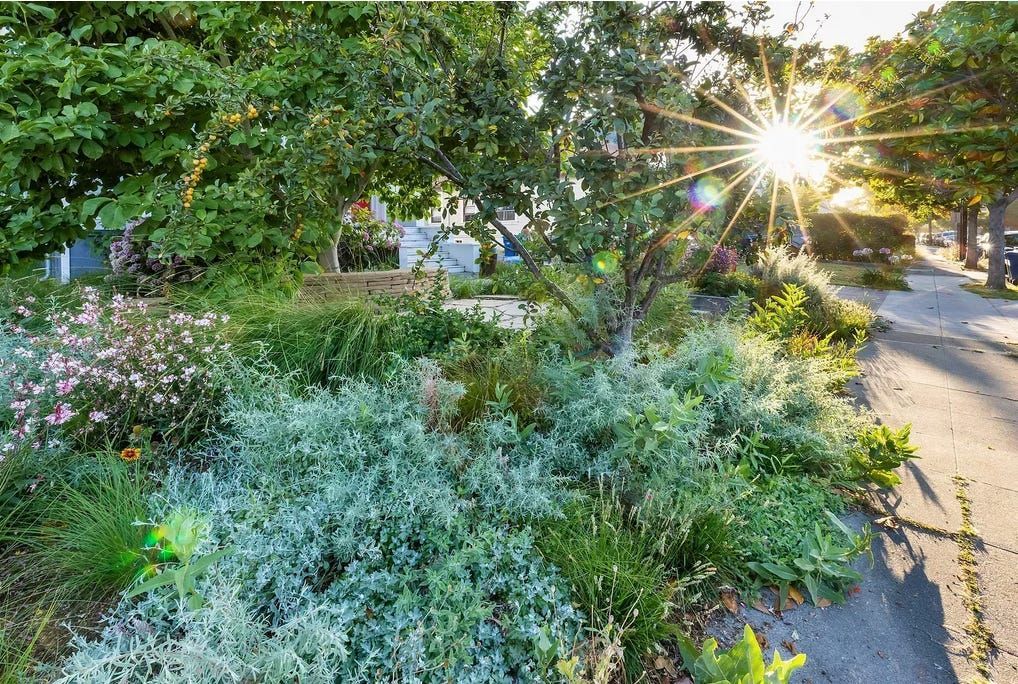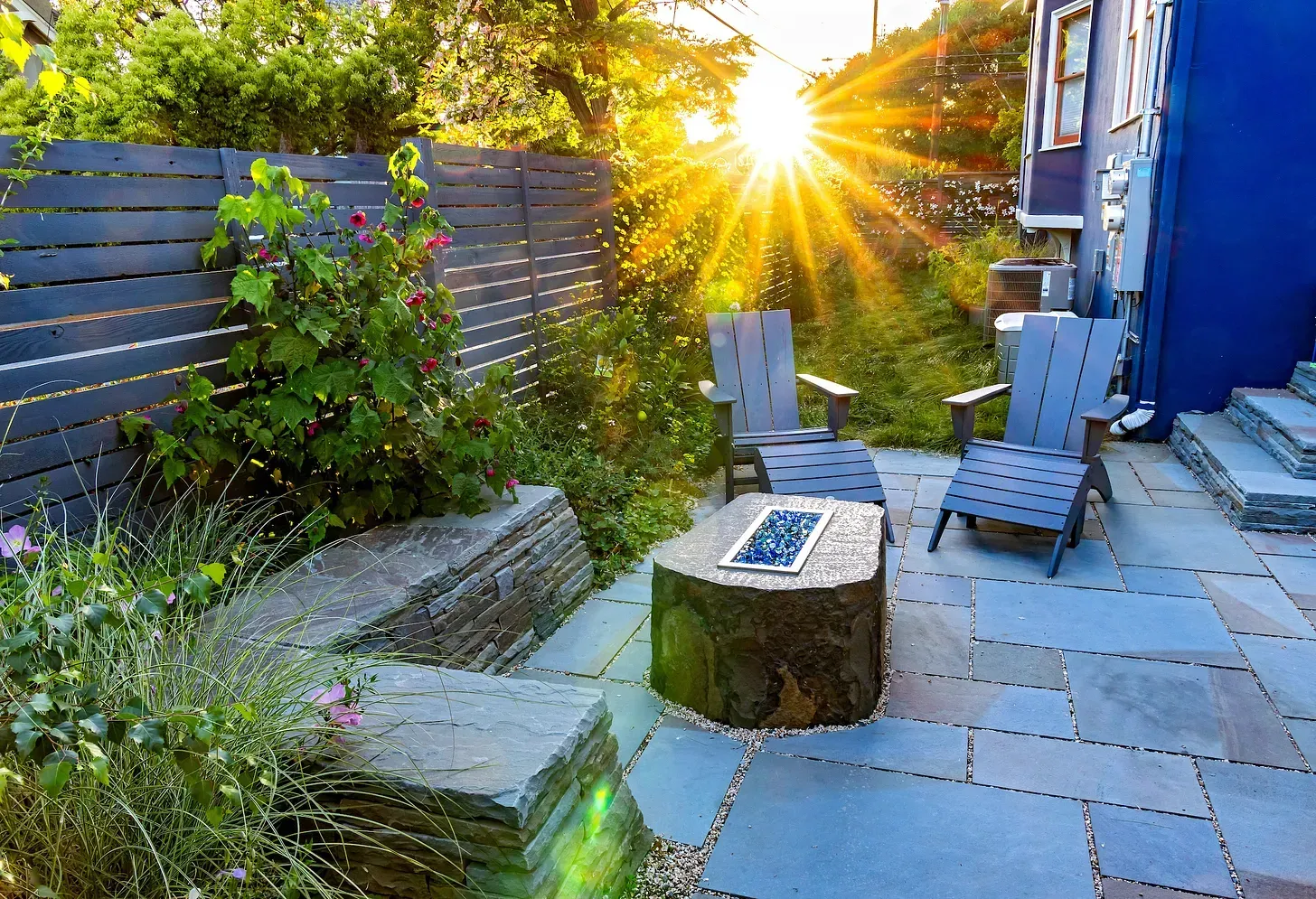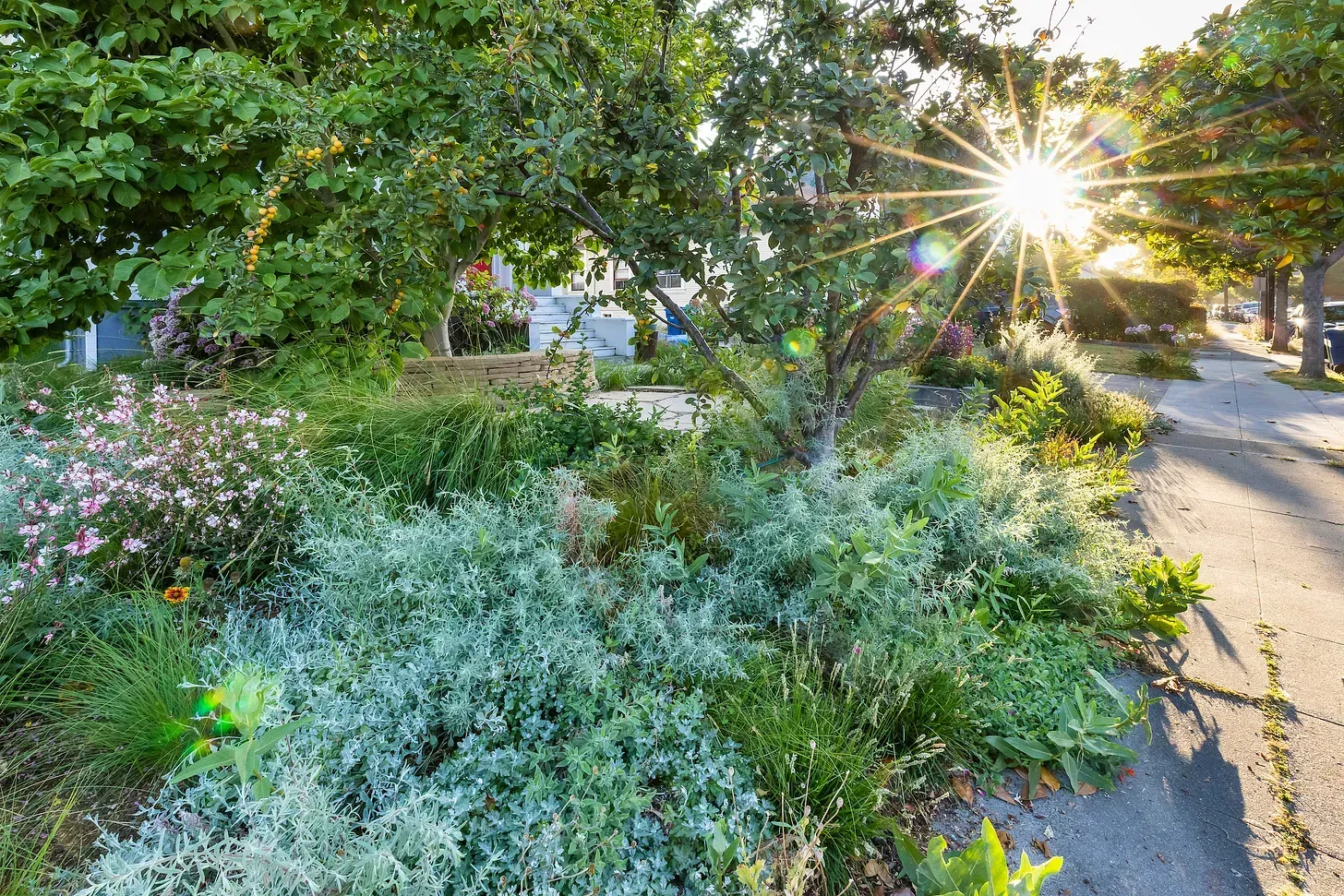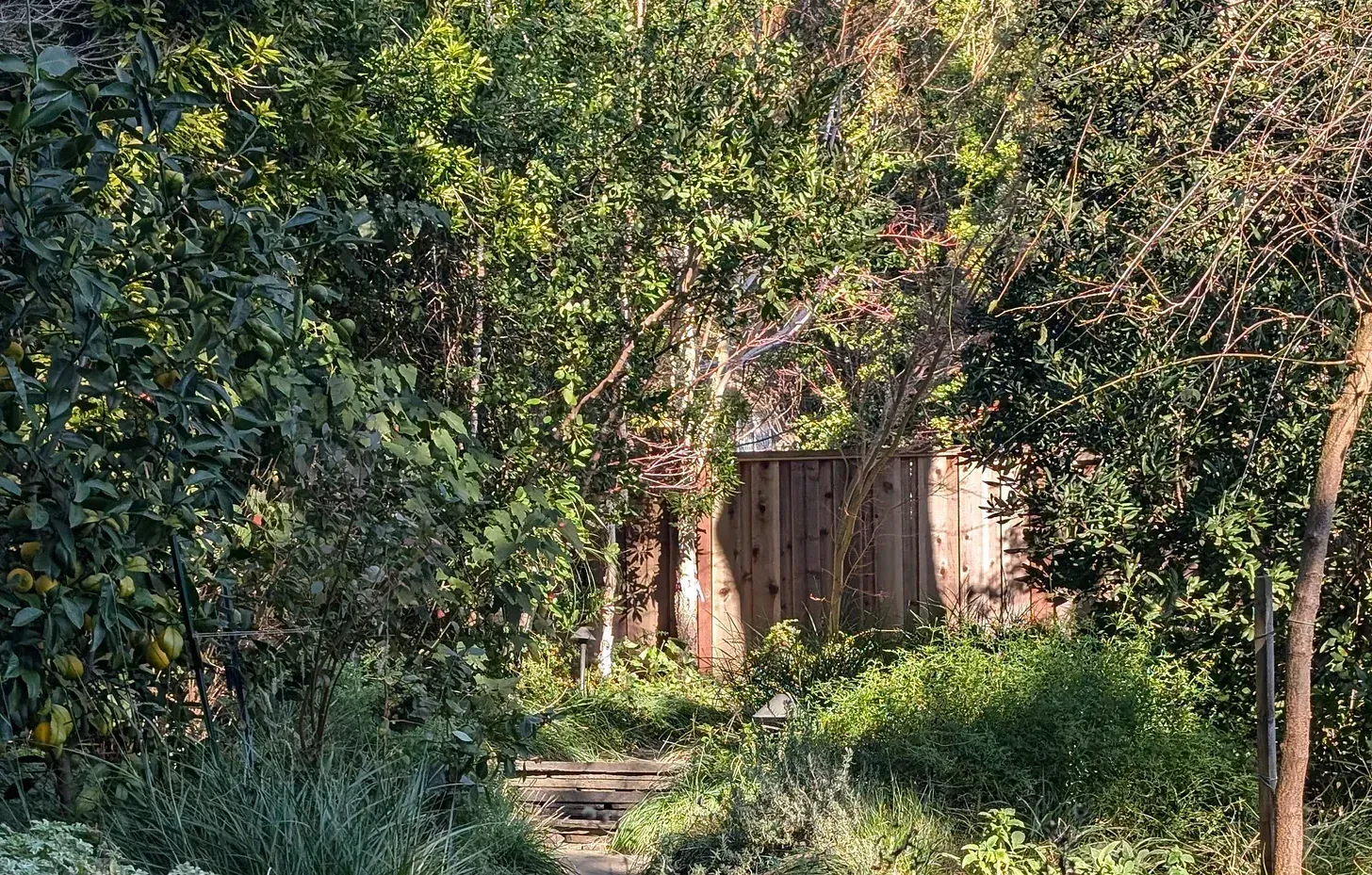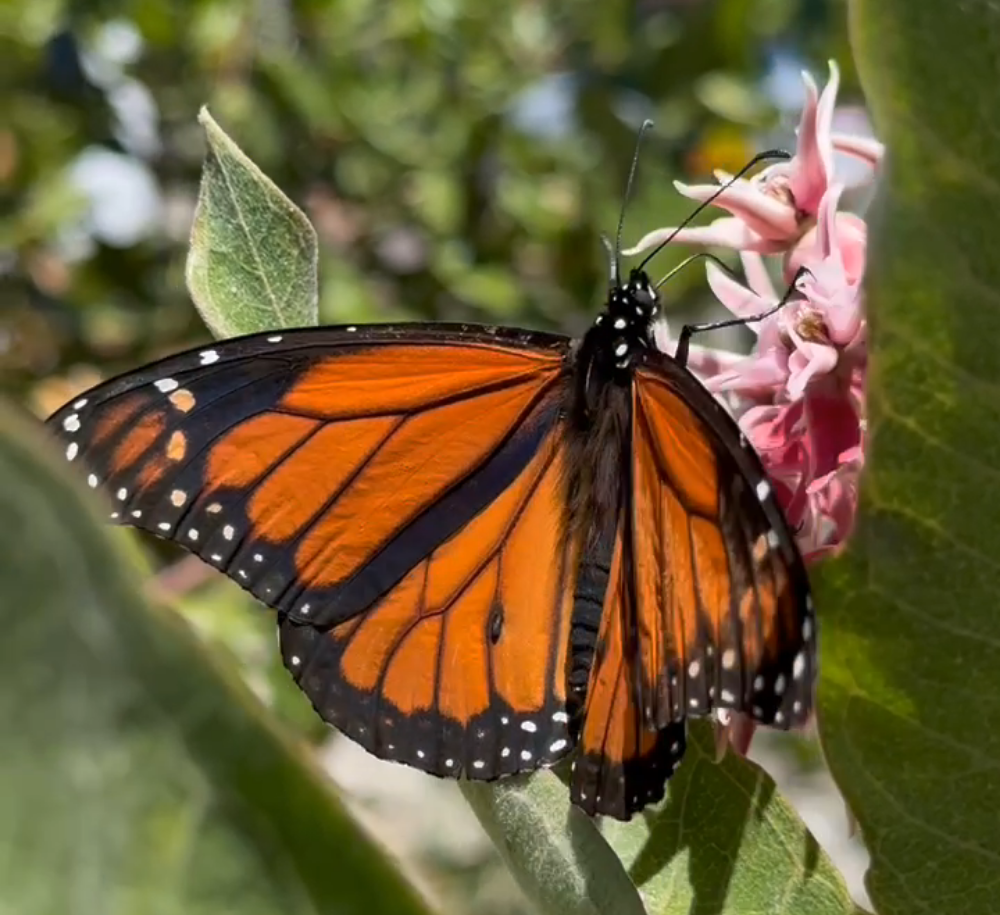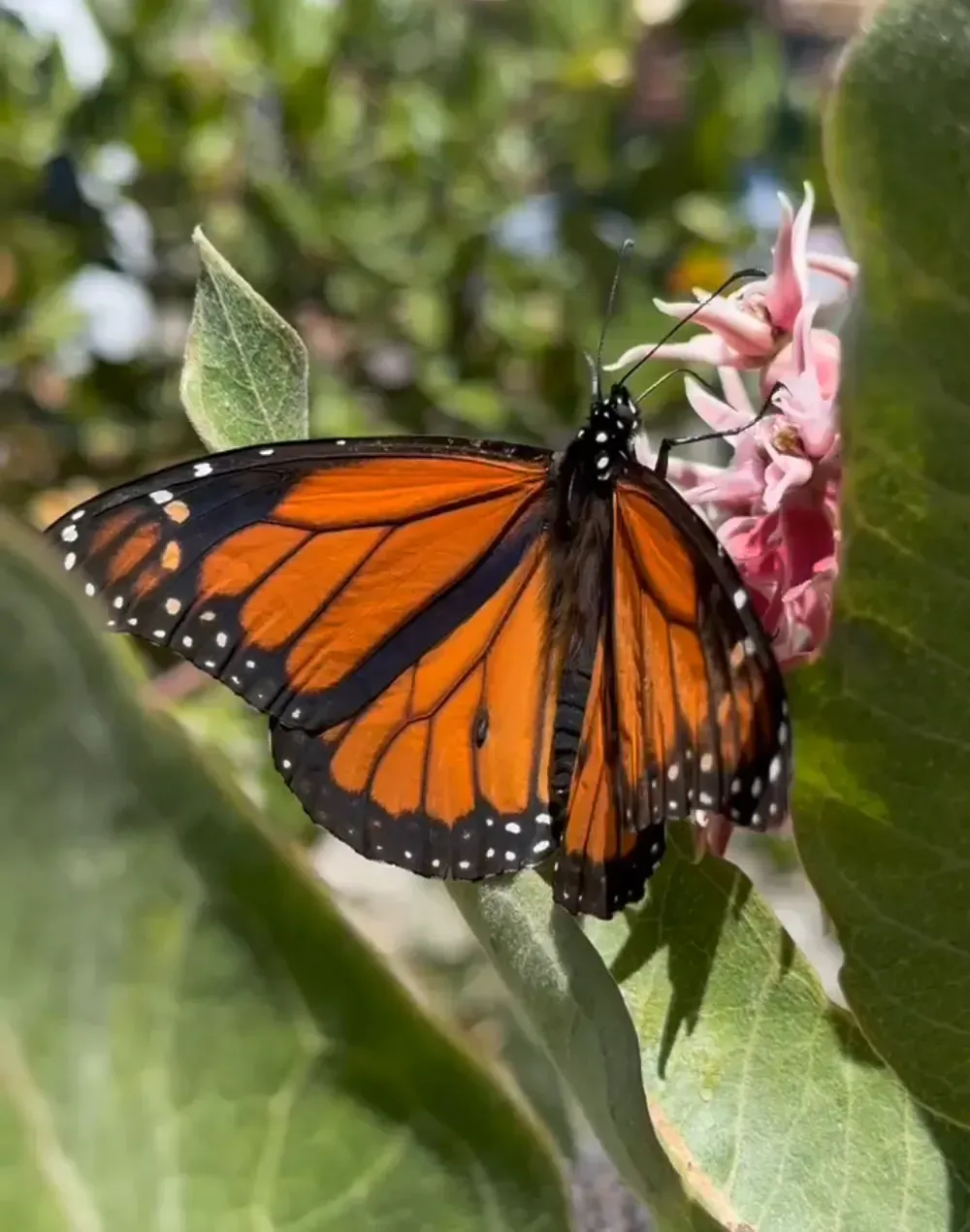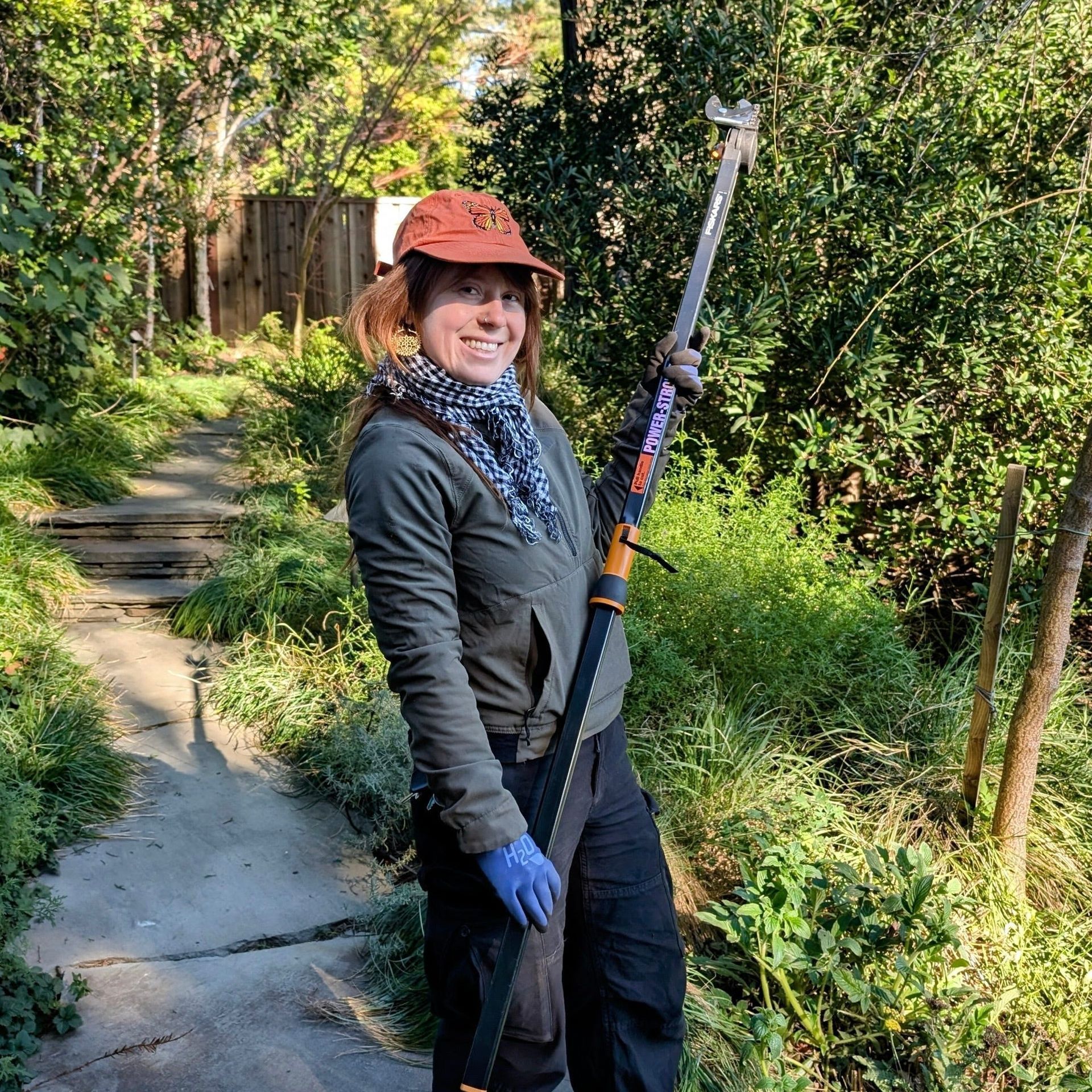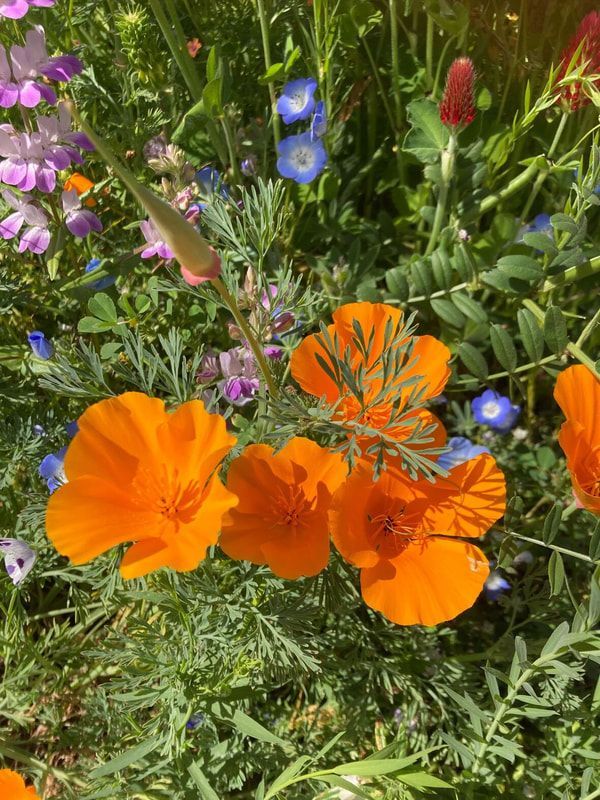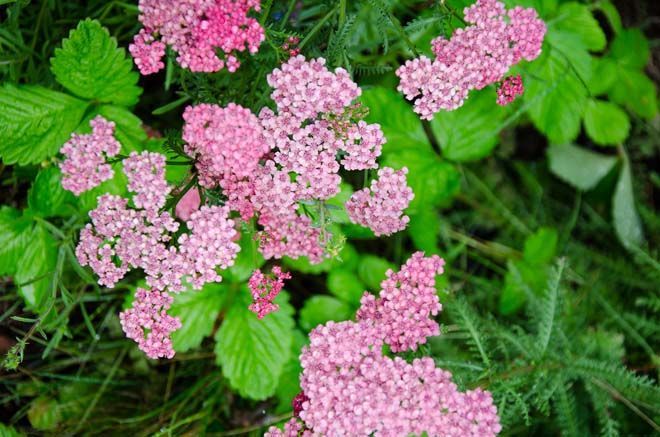We Won the CLCA 2023 Beautification Award for Small Design/Build Installation!
We're so excited to announce that we won the California Landscape Contractors Association 2023 Beautification Award for Small Design/Build Installation!
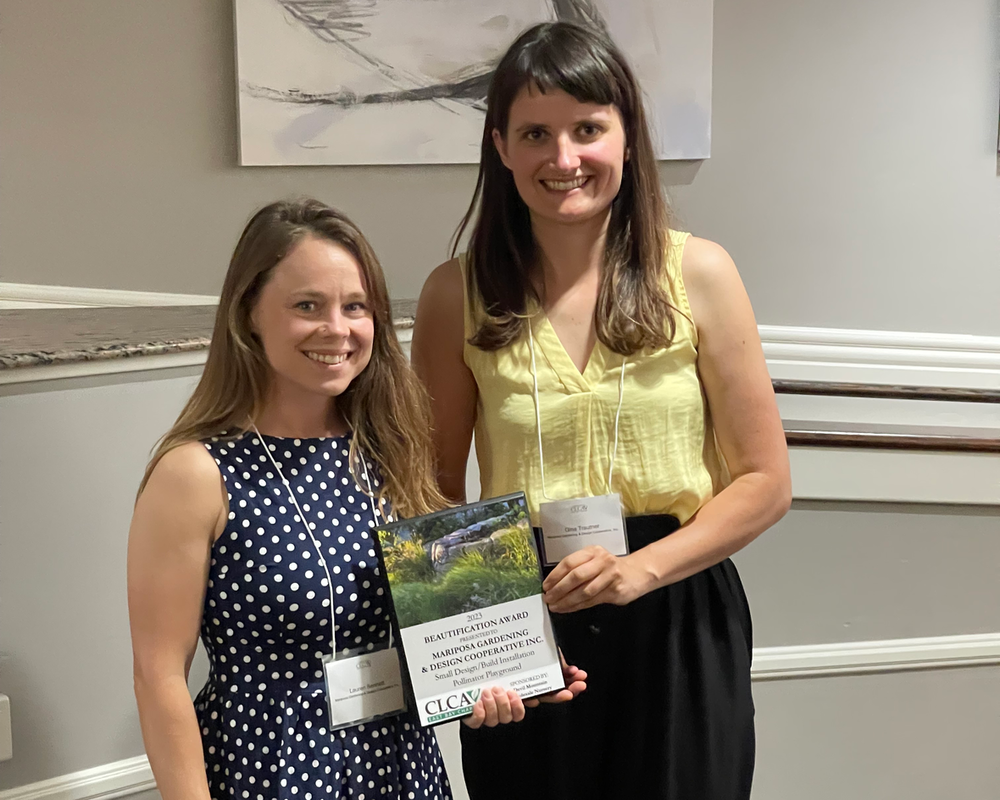
Our lead designer, Gina, and Project Manager, Lauren, attended the awards ceremony dinner and accepted the award on behalf of Mariposa Gardening and Design Cooperative, Inc.
Our cooperative is so proud of our work on this stunning front yard design and build located in Berkeley, California!
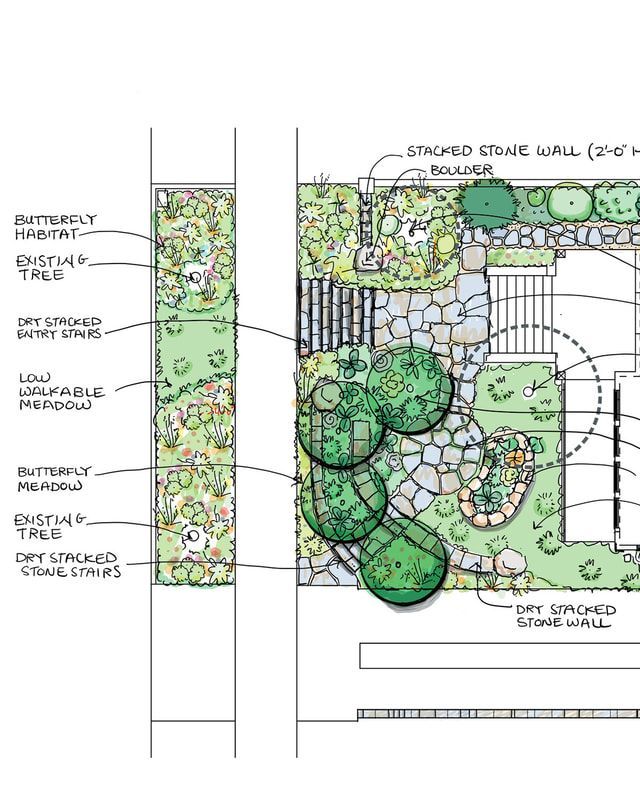
We got to install a lot of dry stacked stone and pollinator plantings as part of this design, as well as lots of veggies. Thank you to our clients for allowing us to submit this garden for the CLCA awards, and thank you CLCA for selecting our work!
In every garden, we see a unique opportunity to reconnect a space with its natural systems. Exposing nature’s existing elegant patterns allows us to create artfully designed spaces that complement urban environments. This front yard located in Berkeley is no exception!
Here, we expertly selected plants that provide seasonal interest and support ecological diversity year round. Our gardens incorporate plant relationships that are both beautiful and function as a complex ecosystem.
Stonework is a Mariposa specialty. We often incorporate stacked stone walls and stairs into our designs, as they are beautiful and withstand the test of time. Dry-stacked stone work has been used throughout the world for many centuries to build houses, walls, staircases and bridges. Many of them still stand, hundreds of years later. Carefully selected stones are knitted together using a time-tested technique that forms an interlocking, load bearing structure.
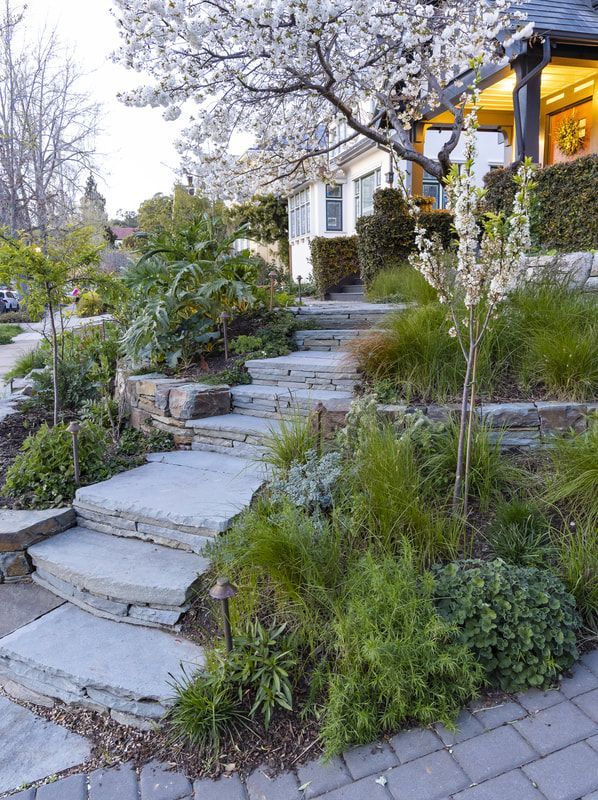
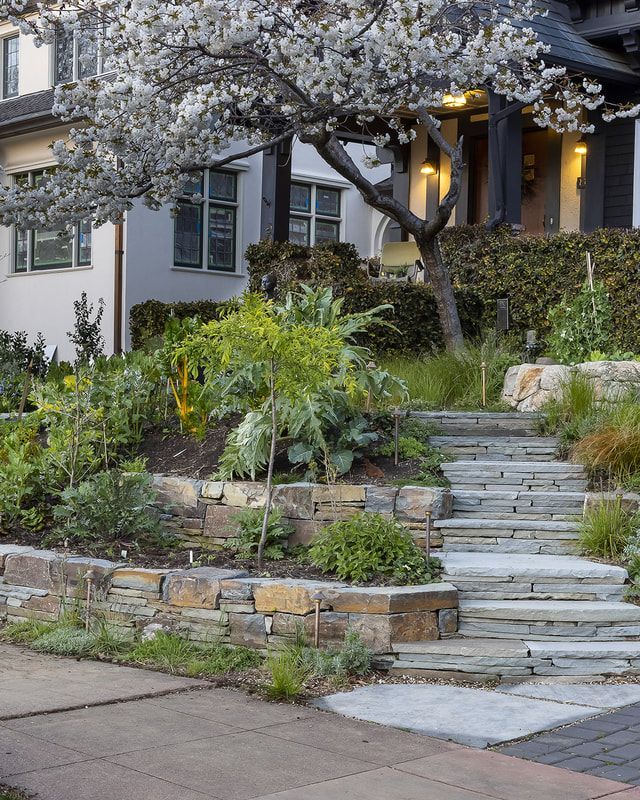
These walls can also withstand earthquakes! In the event of an earthquake, properly built dry-stacked stone walls become tighter and stronger than stone bound with mortar, which is always something to think about in the Bay Area!
This basalt planter also draws our clients out to the garden and provides them with seasonal veggies.
At Mariposa, our goal is to strengthen the connection between our clients and the natural world. One of the ways we like to do that is by incorporating seasonal veggie beds into our designs! This helps get our clients into the soil and fosters that attunement with our natural systems.
We strive to help our clients find their home in nature, while creating artfully designed spaces with locally sourced materials that are ecologically sound.
We see each of our gardens as a link in a chain of microhabitats that support birds, butterflies, humans, and pollinators. The recognition from the CLCA through this award further inspires our women-led cooperative to continue on our journey to change the face of the landscape industry to be empowering, both to us and our natural ecosystems.
We're working to popularize sustainable and artful spaces, as well as the aura of shared responsibility and environmental stewardship that comes with being a design/build cooperative.

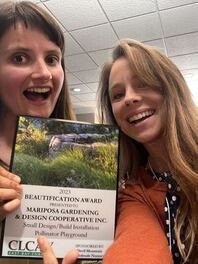
Thank you again to the CLCA for selecting our design for this award! We also thank all of our clients for their continued support and dedication to our mission!
Don't forget to follow us on our Instagram @mariposagardening
and find us on Facebook to follow along on our journey!
